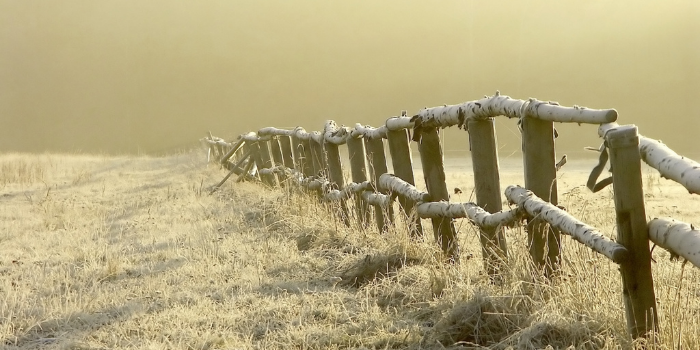The UK's Most Popular Weather Myths: Fact or Fiction?
4 minute read
Weather tops the list of favourite topics of conversation in the United Kingdom and it's no wonder, when we are treated to such a variety of conditions from one day to the next, and from one season to the next. Many weather myths date back hundreds of years and show just how instinctive it is to try and make sense of our ever-changing climate. We've taken a look at a few favourite weather myths to see just how much truth there is behind them from a meteorological perspective.
April Showers Bring May Flowers
Early references to this sentiment date back to the 1600s, and a poem that included the line: "Sweet April showers, do spring May flowers". There is some truth to this myth in the sense that rain in early spring can contribute to good growing conditions. However, it's worth remembering that rain is just one ingredient for bountiful blooms and warm temperatures and sunshine in spring are key too, so a wet April alone is unlikely to be enough. One must consider, too, the type of flowers involved, as the fate of many spring bulbs will have been determined by the weather conditions of the months that have gone before, not just April.
It's Too Cold To Snow
We hear this a lot but instinctively know it can't be entirely true, otherwise many cold parts of the world would be completely devoid of snow. Both atmospheric temperature and air temperature at ground-level play a role, but it's not the role you might think. Heavy snowfall is less likely in very cold temperatures and the reason for this is that colder air is drier, meaning less water vapour is present for precipitation. This means that in actual fact rather than being too cold to snow, it's too dry to snow.
Lightning Never Strikes The Same Place Twice
Observationally, we know this myth to be false, and tall structures are struck frequently. Estimates suggest the Empire State Building in New York is struck by lightning between 25 and 100 times a year. Scientifically, we also know this myth to be false as lightning follows the path of least resistance to the ground, regardless of whether the path has been trodden by lightning strikes before. In fact, many strikes to the same spot may occur in quick succession because it is the path of least resistance. This myth most likely stems from the passing nature of storms as they recede off into the distance.
Red Sky At Night
There are many variations of this saying, involving shepherds, sailors and no doubt other professions but all follow the same pattern as 'Red sky at night, shepherds delight, red sky in the morning, shepherds warning' suggesting that a red sky in the evening will bring favourable weather the next day, whereas a red sky in the morning precedes bad weather. Seen in both the Bible and in Shakespeare, this phenomenon is one that most of us have witnessed first hand.
This myth is true, although not always guaranteed. A red sky in the evening generally occurs as a result of dry dust particles catching the light as a sun sets. This suggests a stable, high-pressure system, indicating improving conditions. When similar colours are seen in the morning, it can mean that this high-pressure system has already moved through and is on its way out, or can suggest a large amount of moisture in the air which can indicate a low-pressure system is on the way, bringing with it deteriorating weather conditions.
Cows Lie Down When It's Going To Rain
Anyone who has been on a long car journey will have turned their attention to passing fields of cows lying down and no doubt proclaimed to their fellow passengers that rain is on the way. While cows lying down can be an indication of poor weather, it is more closely correlated to temperature as cows often lie down to keep warm. The other big flaw in the science behind this myth is that the weather is not the only factor that causes cows to lie down and comfort and energy levels are likely to be stronger drivers behind this behaviour. Our verdict, therefore, is that this myth is false.

